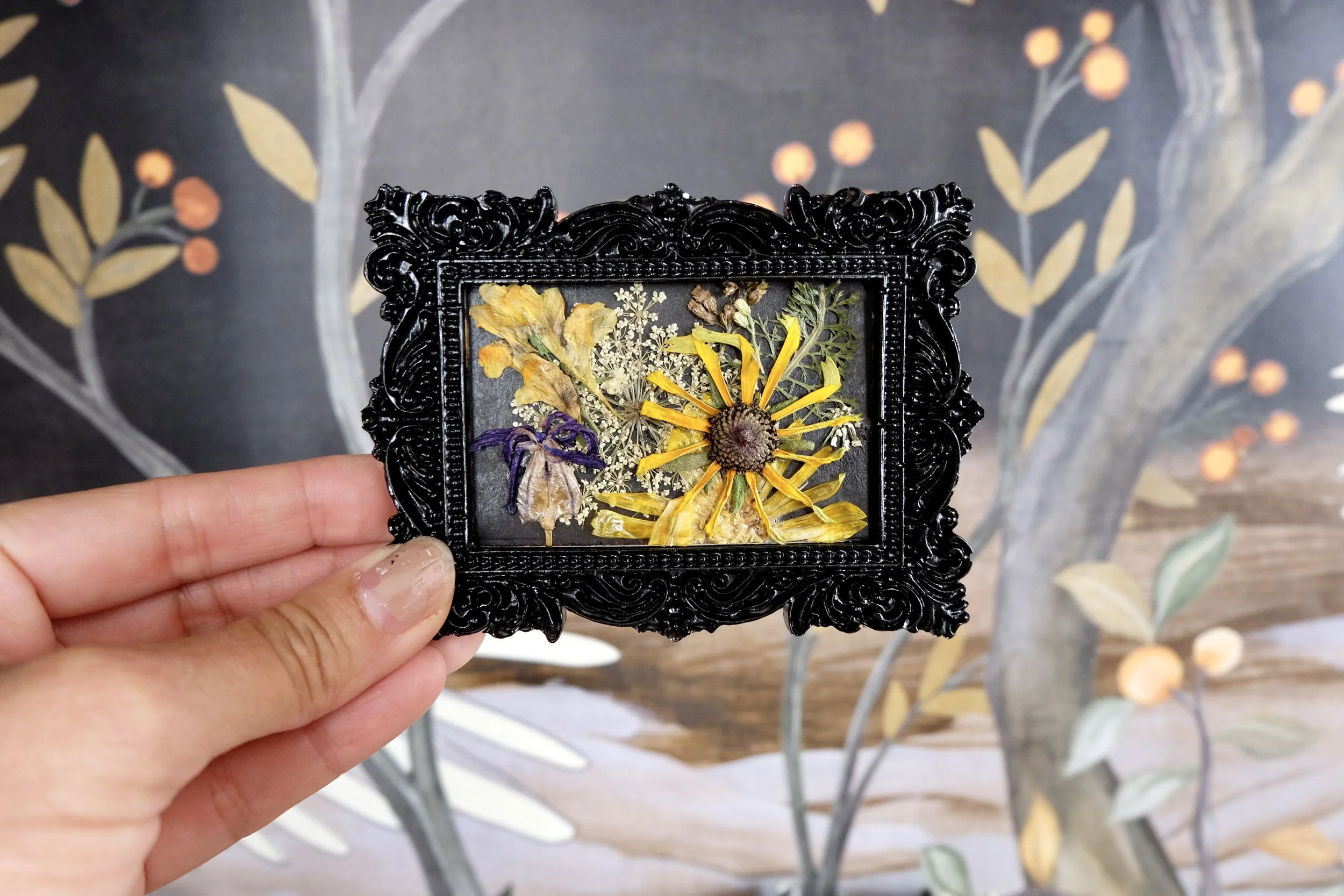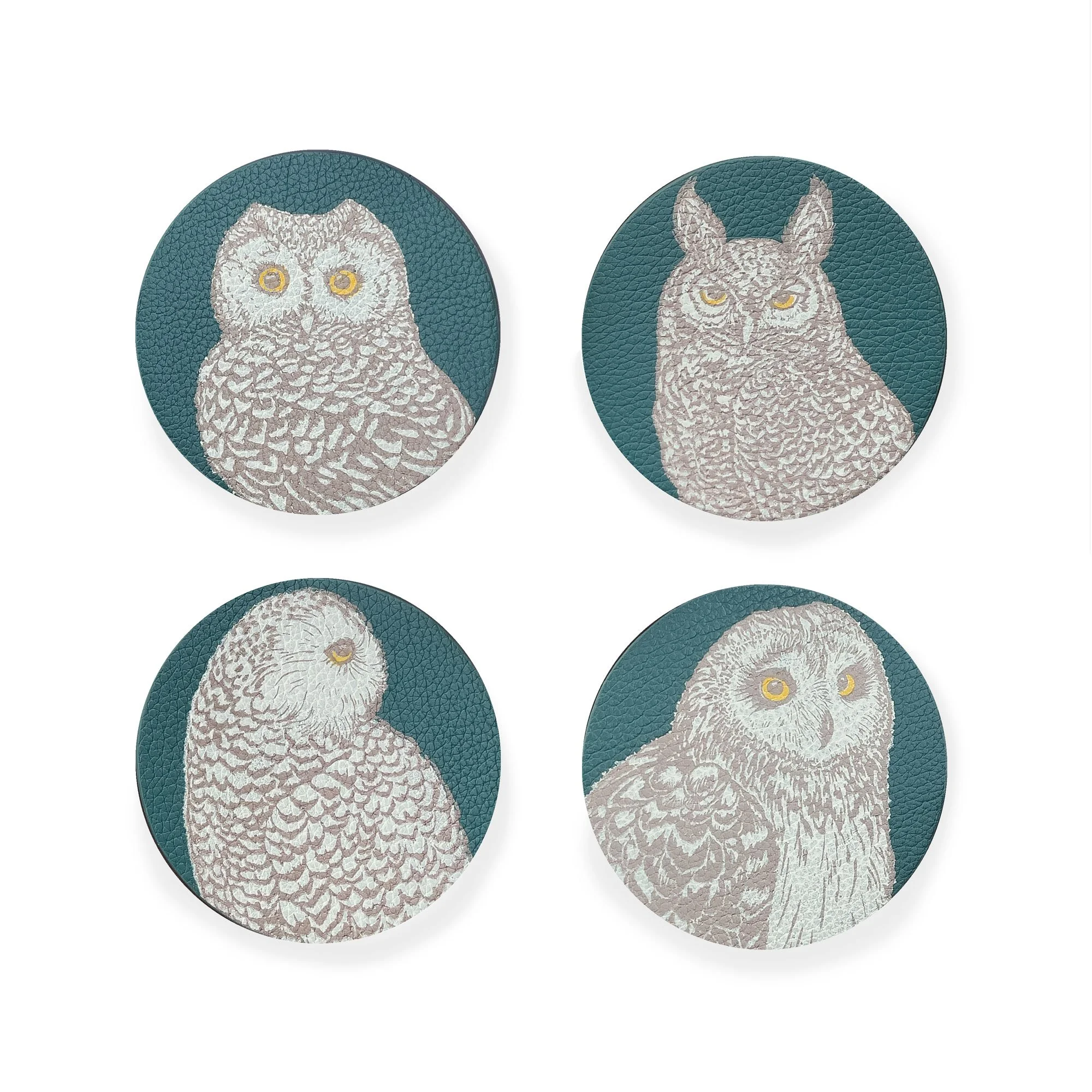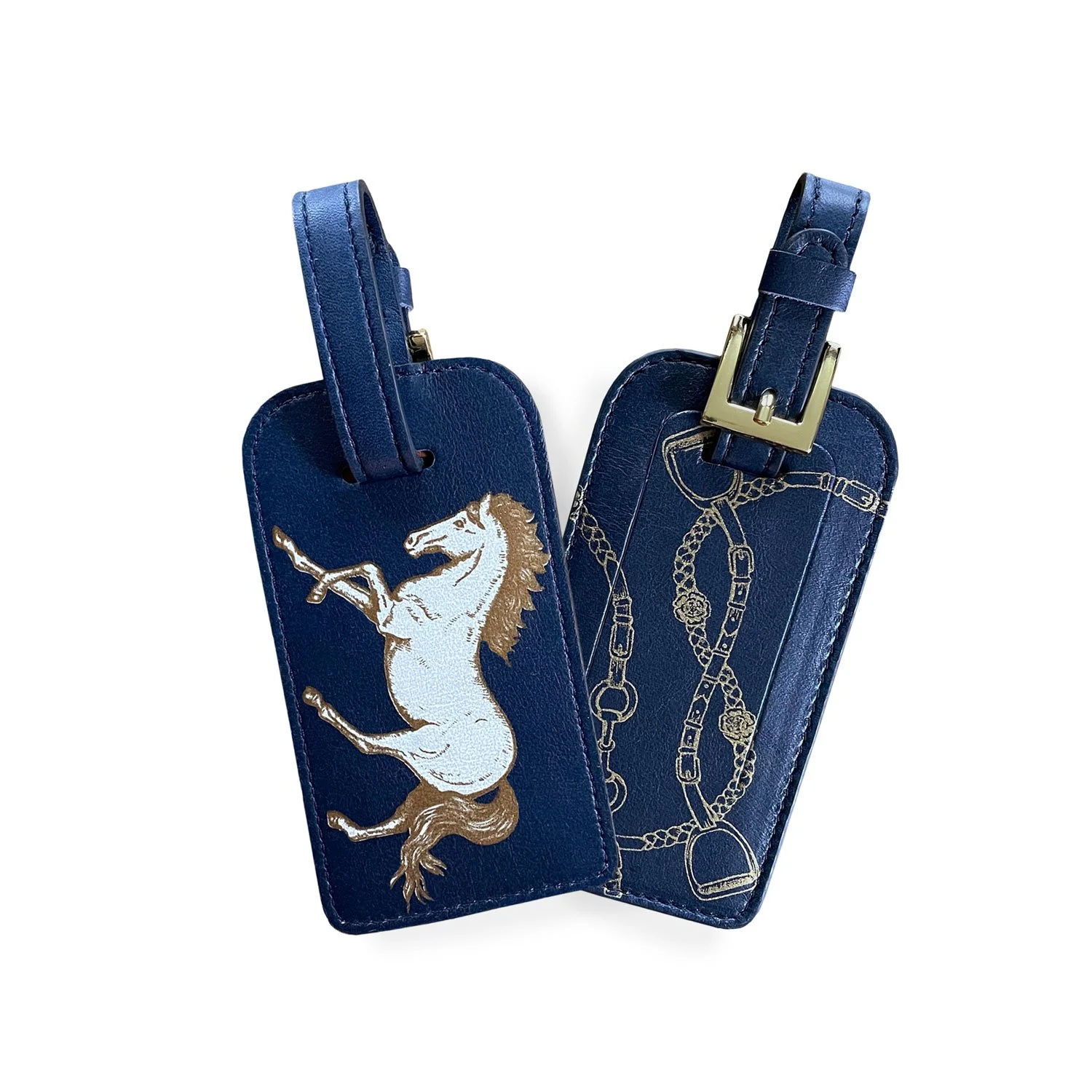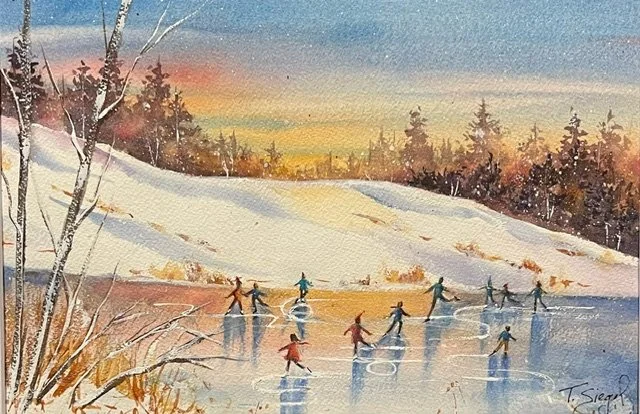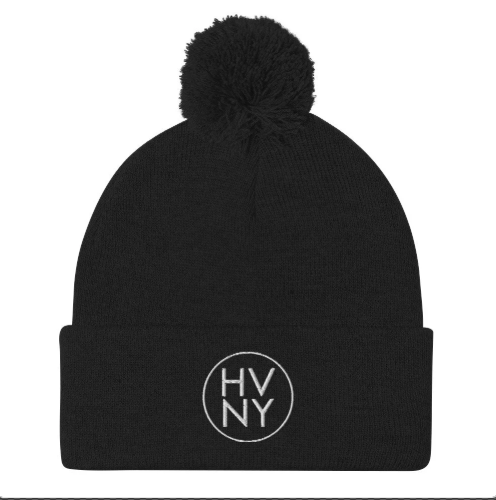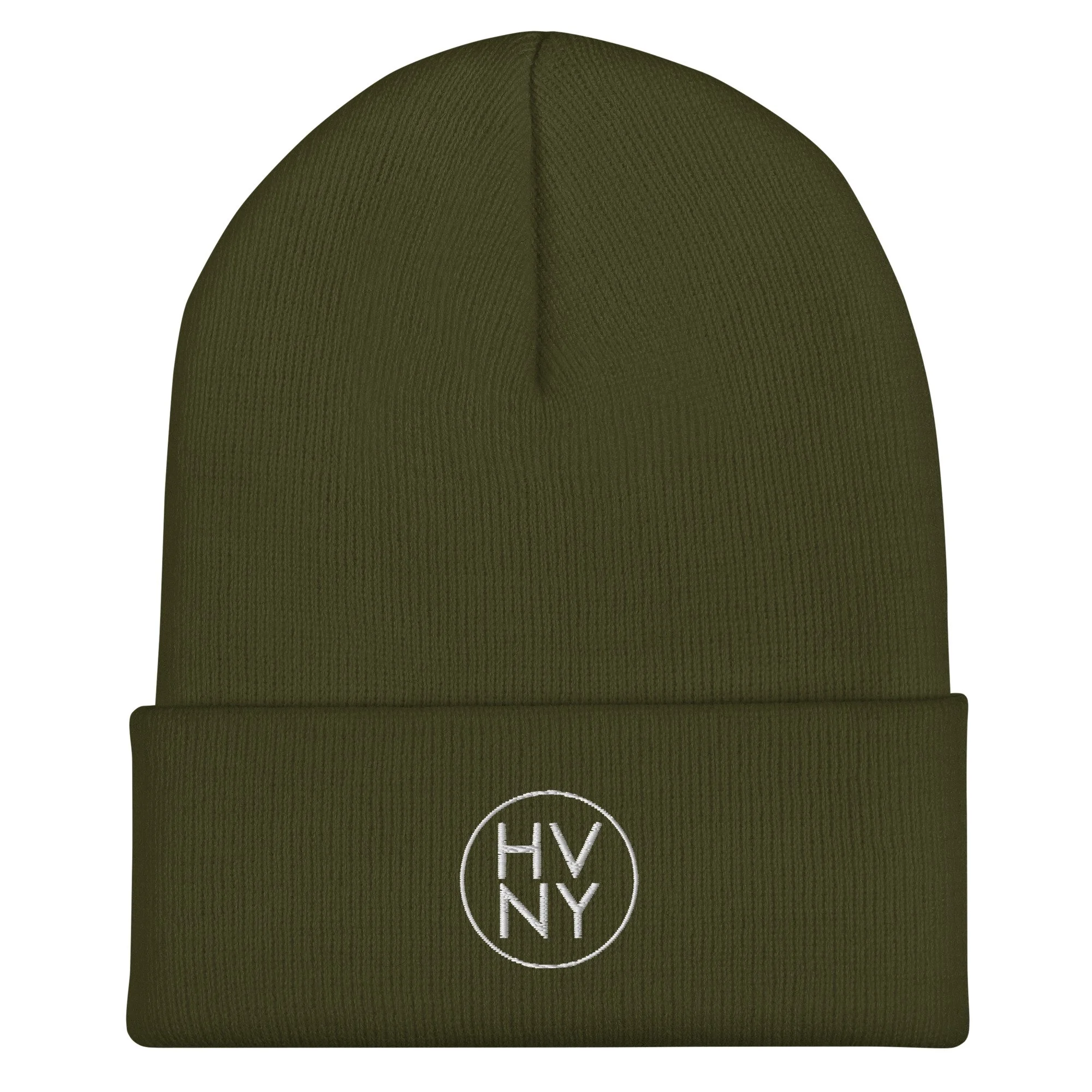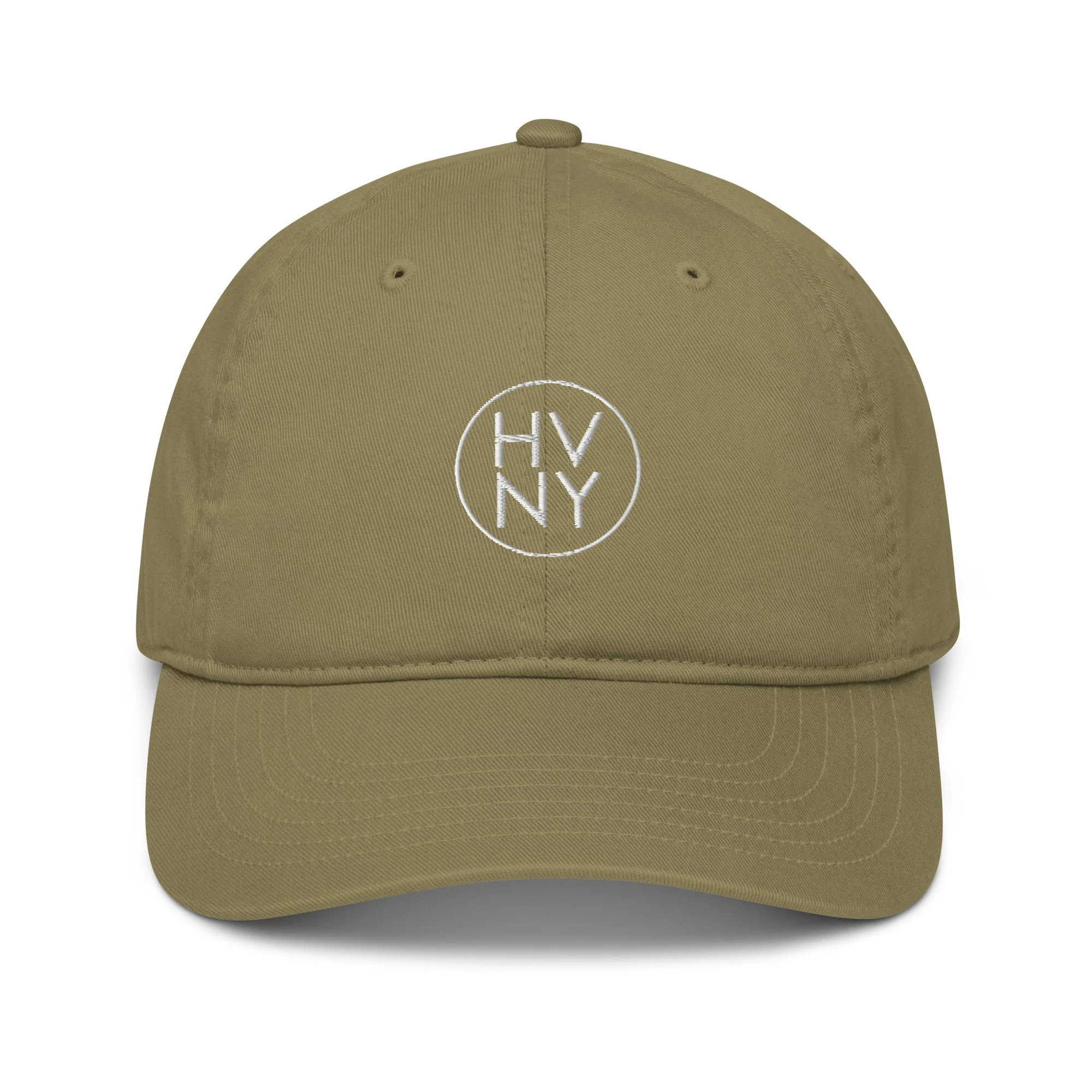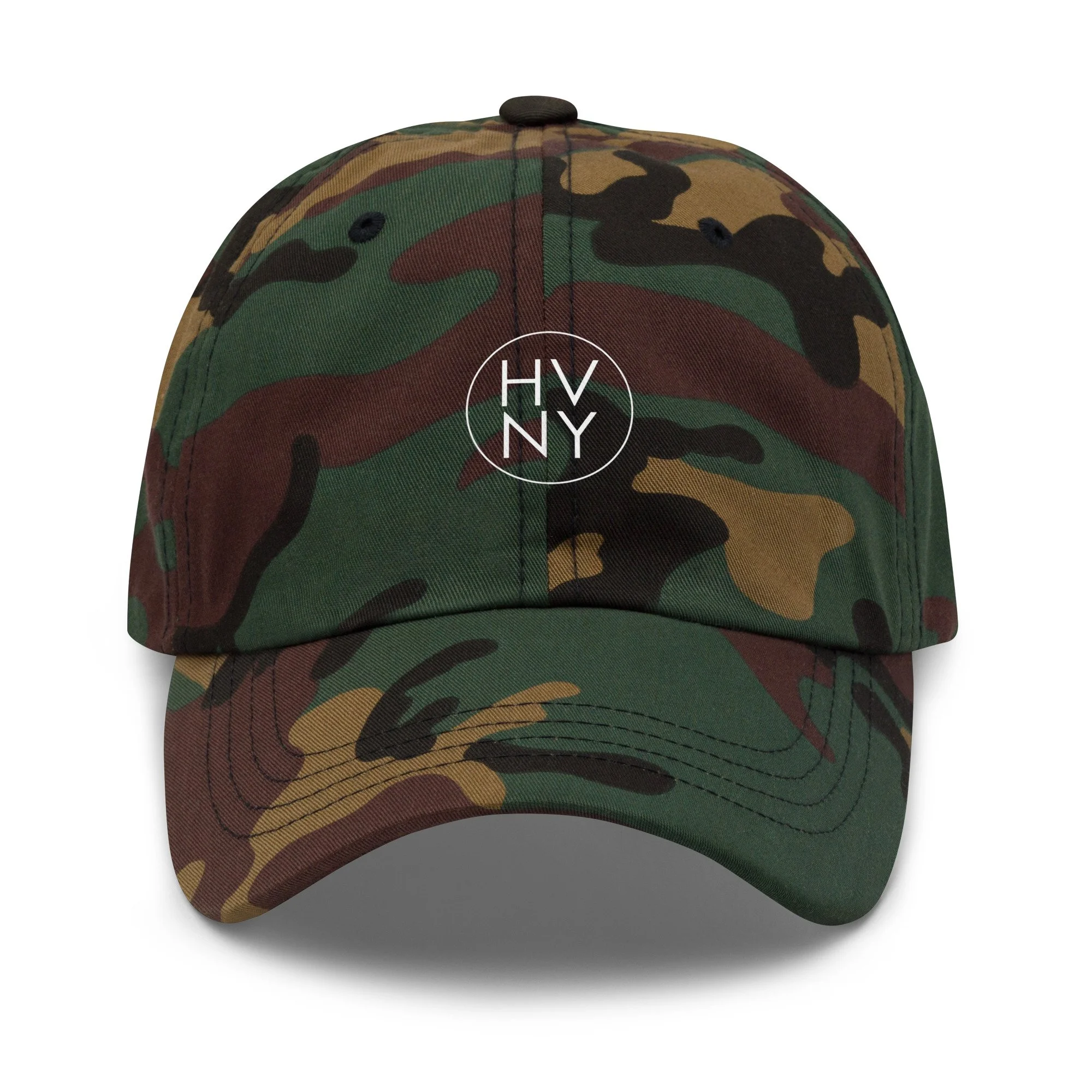Regular hunting season begins this weekend
The regular firearms season for deer and bear opens in our region starting November 15 and runs through December 7, 2025.
Daily hunting hours for deer and bear include the full daylight period, beginning 30 minutes before sunrise and continuing until 30 minutes after sunset. Hunters are advised to check the sunrise and sunset times before hunting each day.
Hunters should also remember that anytime they are pursuing deer or bear with a firearm, they must wear fluorescent orange or fluorescent pink clothing-either a hat, vest, or jacket visible in all directions.
Tips for hunters + hikers:
Here are some tips for hunters and hikers to be able to fully enjoy the season:
Be bright! Hunters, hikers and outdoor enthusiasts should wear blaze orange or pink fluorescence – dogs included! Hikers should be aware that they may meet hunters bearing firearms or archery equipment on public trails, the DEC says. Hunters should, likewise, recognize that they may encounter non-hunters while afield. Hunting accidents involving non-hunters are extremely rare. Pet owners are encouraged to affix a bright colored vest or scarf on their dogs and keep pets leashed at all times.
DEC requires big game hunters using a firearm to wear hunter orange or pink and encourages non-hunters to wear blaze orange, blaze pink, or another bright color during fall and winter months to be seen more easily and from greater distances. In addition, wearing bright colors makes it easier for Forest Rangers, Environmental Conservation Police Officers, and other rescue personnel to find lost, sick, or injured people afield.
Check hunting hours: Big game hunting hours are 30 minutes before sunrise and continuing until 30 minutes after sunset. Sunday hunting is allowed in all areas of New York. There are some local exceptions. Check the area that you hunt carefully. For hunting on state parks, confirm regulations with the park before hunting.
Never climb in or out of a tree stand with a loaded firearm;
Hunters and hikers should tell friends and relatives where they will be going and when they will return. A map showing the tree stand location makes it easier for others to find a hunter if they do not return on time.
See here for more hunting info + regulations from the DEC: https://www.dec.ny.gov/outdoor/8305.html
Hunters: Help those in need with venison donations
As uncertainty surrounding the status of the Supplemental Nutrition Assistance Program (SNAP) continues, the New York State Department of Environmental Conservation (DEC) is encouraging hunters to help fight hunger in our communities at this critical time.
Each year, DEC partners with Feeding New York State to facilitate the donation of 50-70,000 pounds of venison from deer harvested by hunters to those in need.
To help join the fight against hunger by donating your deer harvest:
Drop off any legally harvested, tagged, and reported deer at one of Feeding New York State’s participating deer processors (Feeding New York State)
Call the processor ahead of time to ensure they can accept your deer.
Complete the processor’s log sheet indicating your desire to donate the deer.
DEC and Feeding New York State will cover the processing costs for donated deer so that the venison can be distributed to food pantries and food banks throughout the state; however, funding is limited. If you don’t have a deer to donate but still want to help, consider making a financial donation to the venison donation program through Feeding New York State, by clicking the “Donations” link at the top of the DEC Automated Licensing System page, or when you purchase your next hunting license.
Learn More About the New York State Venison Donation Program
Keep an eye out for ill deer
Epizootic Hemorrhagic Disease, EHD virus, is an often-fatal disease of deer that is transmitted by biting midges - small bugs often called no-see-ums or 'punkies.' The disease is not spread directly from deer to deer and humans cannot be infected by deer or bites from midges.
The EHD virus was first confirmed in New York in 2007 with relatively small outbreaks in Albany, Rensselaer, and Niagara counties, and in Rockland County in 2011. In 2020, a large EHD outbreak occurred in the lower Hudson Valley, centered in Putnam and Orange counties, with reports from the public of approximately 1,500 dead deer. In 2021 the outbreak shifted and DEC received more than 2,000 reports of dead deer primarily in Ulster, Dutchess, Columbia, Oswego, and Jefferson counties.
Chronic Wasting Disease (CWD) also continues to spread in other states, and hunters have great responsibility to prevent CWD introduction to New York. CWD is always fatal to deer. If introduced, CWD could spread rapidly and be practically impossible to eliminate once established. Hunters can help protect New York's deer herd from CWD by following these tips
If you hunt any type of deer, elk, moose, or caribou outside of New York, you must debone your animal before bringing it back. See CWD Regulations for Hunters. DEC will confiscate and destroy illegally imported carcasses and parts, including whole deer and deer heads.
Do not use deer urine-based lures or attractant scents, as these could contain infectious material.
Dispose of carcass waste in a landfill, not just on the landscape.
Report any deer that appears sick or is acting abnormally.
Hunt only wild deer and support fair chase hunting principles.
Hunters should not handle or eat deer that is acting unusual or appears sick. Report sick or dying deer to your nearest DEC Regional Office or to an Environmental Conservation Police Officer.



